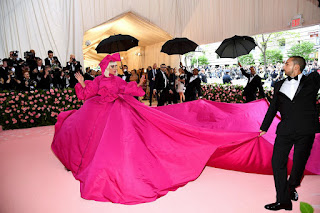 |
| Along the beach at Waikiki, between shops |
We were just in Beautiful Waikiki (pretty hard not to link those two words together). Waikiki is the beachfront resort of Honolulu, Hawaii's capitol, on the island of Oahu. Eight hours from our home in Houston, it's also eight hours from Tokyo. There were a lot more Japanese than visiting Texans, a lot. I would guestimate 80% of Waikiki's tourists are Asian, of that 80% are Japanese. It makes for quite an exotic experience, like visiting a Japan where everyone speaks English.
Shopping is stellar in Waikiki. There are four shopping centers within its four miles. One of them, Ala Moana, has 350 stores and is the largest open-air mall in the world. We're not talking Walmart here. From Harry Winston to the world's most beautiful H&M, Waikiki is a shopper's delight and people-watching heaven.
Japanese especially embrace the consumerism, wearing logos with abandon as well as the latest western trends. They don't waste time lying on the beach or lounging by the pool and are definitely not working on their tans. Covered up, at least during the day, is the dress code.
There was a Cool Japanese Girl Look I haven't seen before: the duster. A duster is a loose, lightweight (usually cotton or linen) summer coat with wide sleeves that ends mid-calf. This was worn not for warmth on Hawaii's 80+ degree days but to cover up and add that outfit-making third piece. I usually saw a duster paired with skinny jeans and a tee shirt or adding more volume to full cropped pants or a long, full skirt.
Important note: these dusters were not kimonos, those once-trendy toppers that have overstayed their welcome. The duster, in soft shades, added drama as the wearer moved down the street. I was also impressed all that volume didn't swamp the petite Japanese. The proportions were just right.
Those cropped pants were also a trend. They were decidedly full and worn by both men and women. One man, in his navy linen crops and Breton sailor tee was a stunner, but my trigger finger froze when I tried to take a picture.












